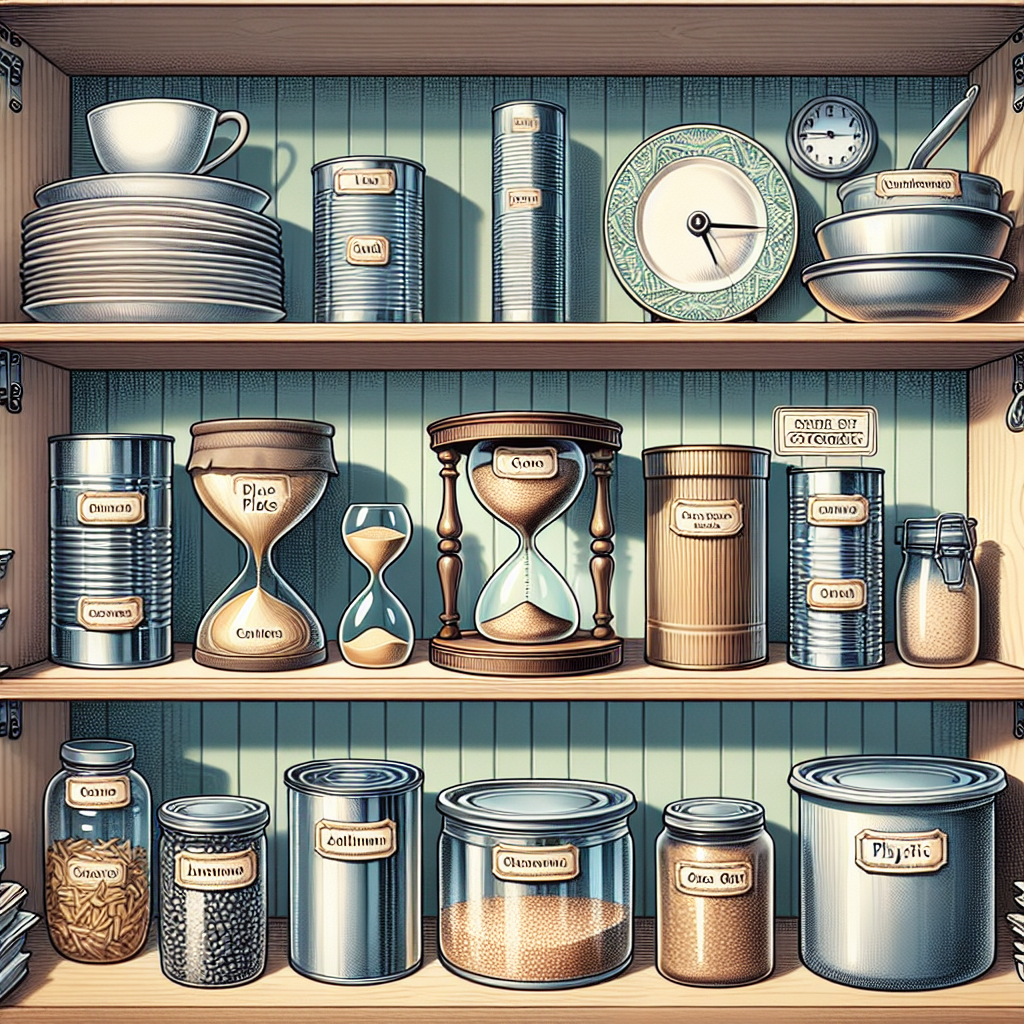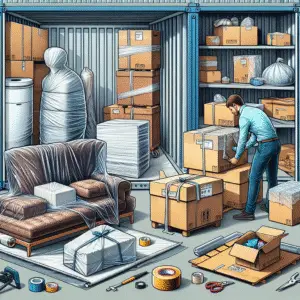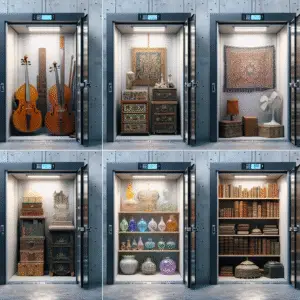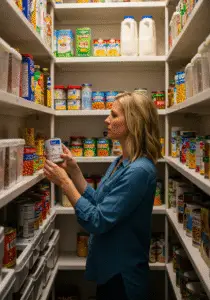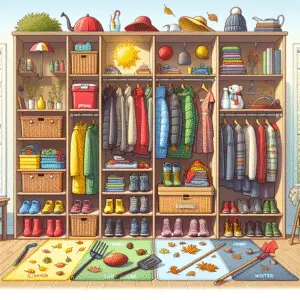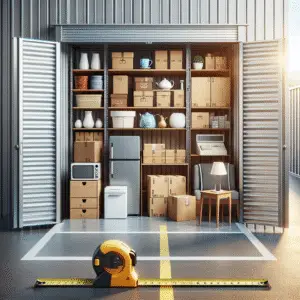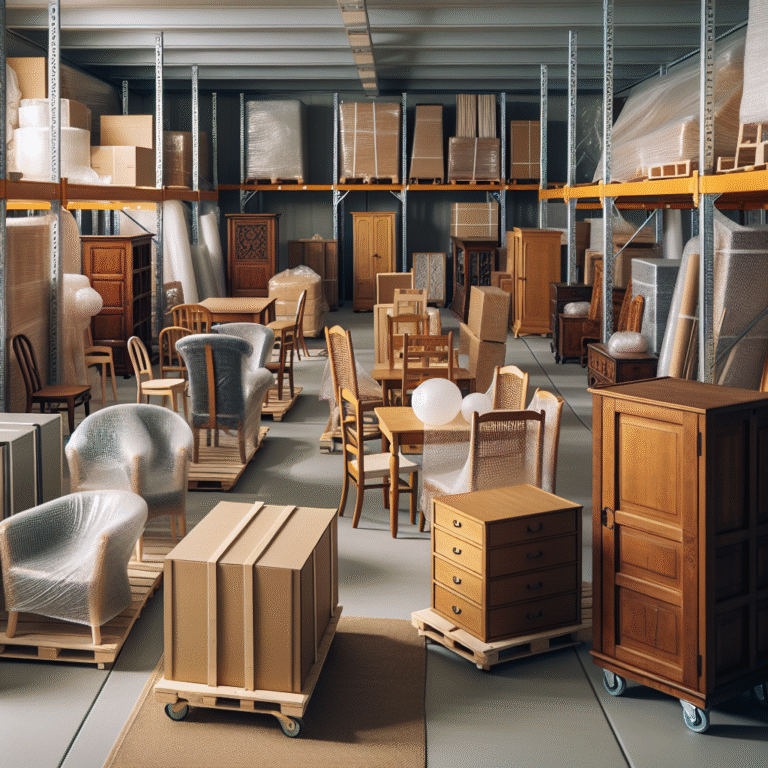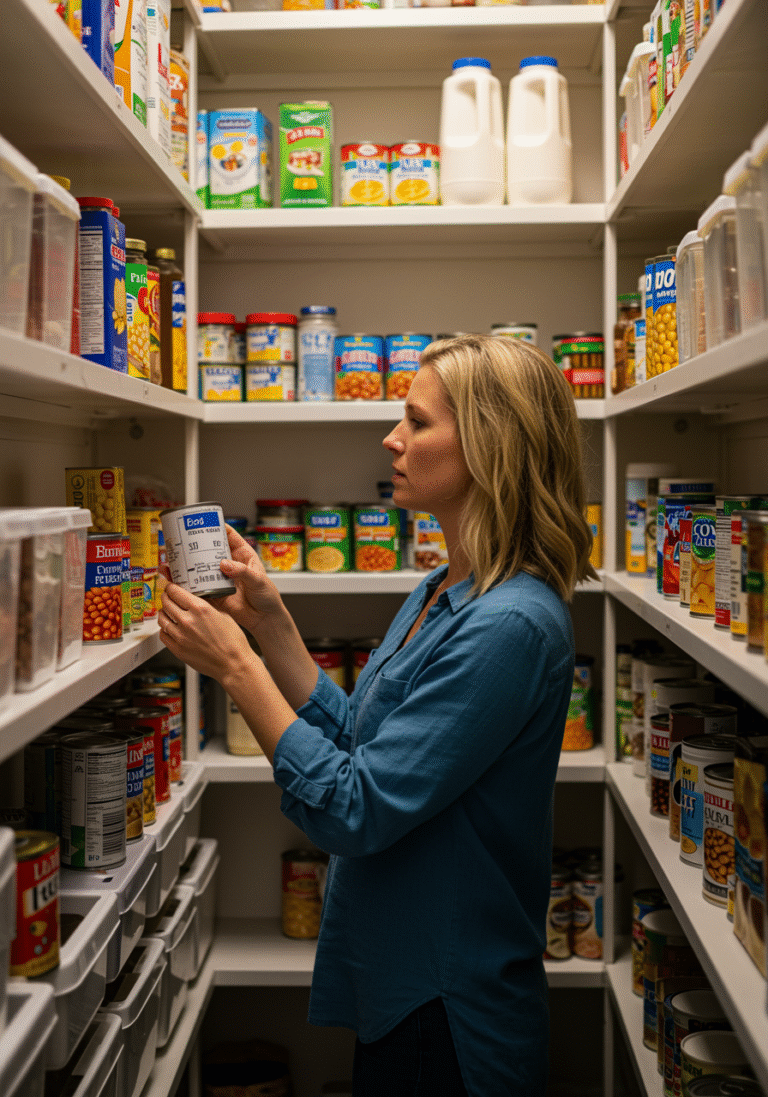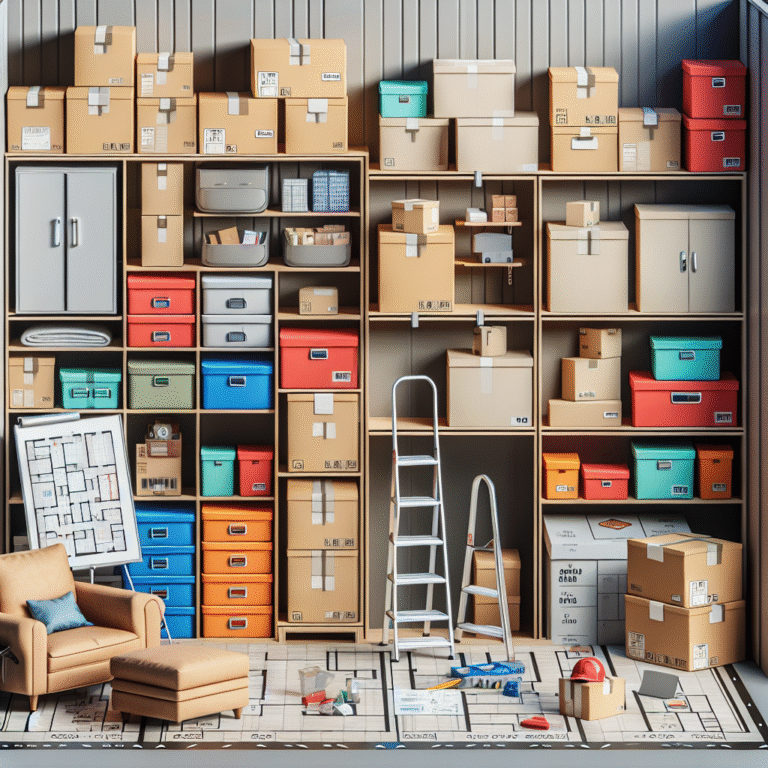How Long Can You Safely Store Different Household Items?
Did you know that the average American household wastes over $1,500 annually on items that deteriorate due to improper storage? From cherished family heirlooms turning yellow with age to expensive electronics failing prematurely, poor storage practices are silently draining our wallets and destroying our possessions. The good news is that with proper storage techniques, most household items can last significantly longer than you might expect.
When it comes to preserving our belongings, understanding the science of storage is crucial. Different materials react uniquely to environmental conditions, and what works for one item might spell disaster for another. Whether you’re storing seasonal decorations, preserving family photographs, or maintaining expensive equipment, knowing the proper storage duration and conditions can save you thousands in replacement costs.
The foundation of successful long-term storage begins with creating the right environment. A consistent temperature between 50-75°F (10-24°C) and relative humidity between 30-50% provides optimal conditions for most items. Basements and attics, while convenient, often experience extreme temperature swings and humidity levels that can damage your belongings. Using dehumidifiers, moisture absorbers, and climate-controlled storage spaces can significantly extend the life of your stored items.
For kitchen and pantry items, proper storage is especially critical. Dry goods like rice, pasta, and flour can last up to 2 years when stored in airtight containers in a cool, dry place. Canned goods maintain their quality for 2-5 years, provided the cans remain free from dents, rust, or swelling. Spices and herbs retain their potency for 1-4 years when kept away from heat and light, though ground spices lose their flavor more quickly than whole ones.
Clothing and textiles require special attention to prevent damage from moths, mildew, and yellowing. Always clean items thoroughly before storage, as body oils and dirt can attract pests and cause permanent staining. Vacuum-sealed bags can protect against moisture and insects, but natural fibers need to breathe, so cotton storage bags are often a better choice. Seasonal clothing can last indefinitely when properly stored, while bedding and linens should be rotated every 2-3 years to prevent fiber breakdown.
Electronics present unique storage challenges due to their sensitive components. Before storing devices, remove batteries to prevent corrosion and leakage. Store electronics in anti-static bags or their original packaging when possible. Hard drives and storage media should be refreshed every 3-5 years to prevent data degradation. Cables and cords should be loosely coiled and secured with velcro straps rather than rubber bands, which can damage insulation over time.
Important documents and photographs require careful preservation techniques. Store papers in acid-free folders or boxes to prevent yellowing and deterioration. Photographs should be kept in archival-quality albums or sleeves, away from direct sunlight. In optimal conditions, properly stored photographs can last over 100 years without significant fading or damage. Digital backups provide additional insurance against loss or degradation.
Furniture storage demands attention to material-specific needs. Wooden furniture should be cleaned, polished, and covered with breathable fabric to prevent dust accumulation while allowing air circulation. Upholstered items must be thoroughly cleaned and treated for pests before storage. Climate control is crucial, as extreme temperature and humidity changes can cause wood to warp and upholstery to develop mold.
Tools and equipment require preparation before long-term storage. Hand tools should be cleaned, dried, and lightly oiled to prevent rust. Power tools need their batteries removed and moving parts lubricated. Store metal tools off the ground and away from walls to prevent moisture transfer. With proper care, quality tools can last decades in storage without degradation.
For toys, games, and hobby supplies, storage conditions vary by material. Plastic toys should be cleaned and stored away from direct sunlight to prevent yellowing and brittleness. Board games and puzzles need flat storage to prevent warping. Craft supplies like adhesives and paints often have specific shelf lives – most acrylic paints last 2-5 years when properly sealed, while rubber cement typically expires within 1-2 years.
Regular maintenance and inspection of stored items is crucial for long-term preservation. Check items quarterly for signs of pest infestation, moisture damage, or deterioration. Use a rotation system for consumable items to prevent waste. Keep an inventory of stored items, including storage dates and locations, to ensure nothing is forgotten or neglected.
The key to successful long-term storage lies in understanding each item’s specific needs and creating appropriate storage conditions. By investing time in proper preparation and storage techniques, you can significantly extend the life of your belongings and protect your investments. Remember that even the best storage methods require periodic checking and maintenance to ensure your items remain in optimal condition for years to come.

